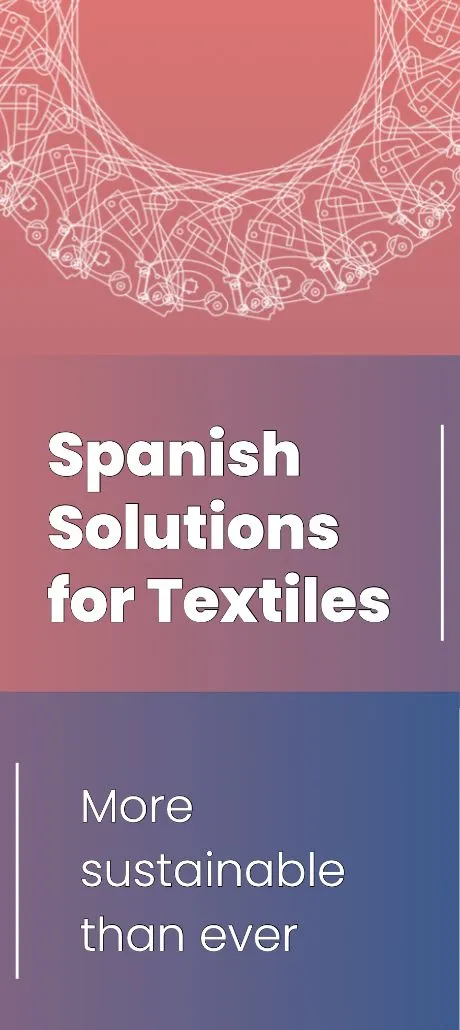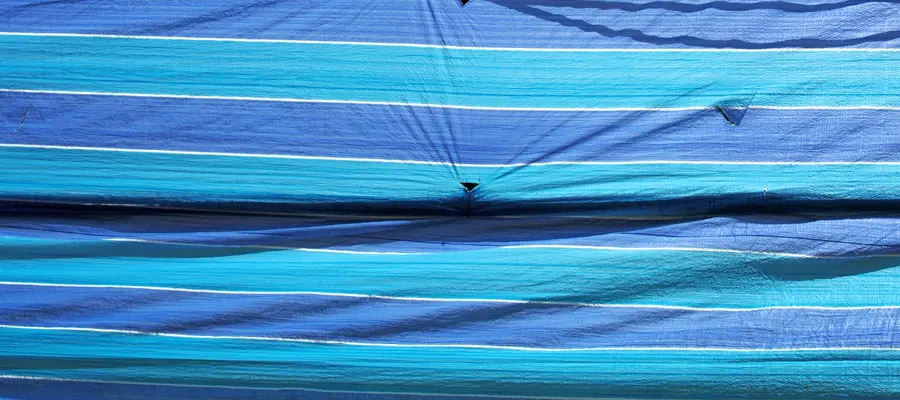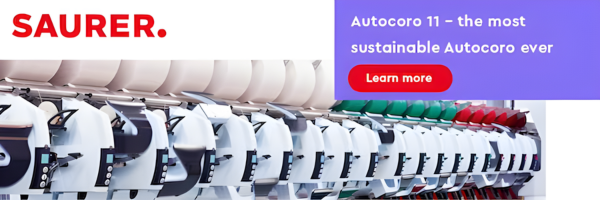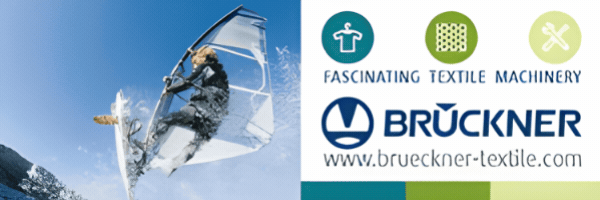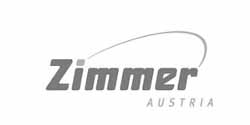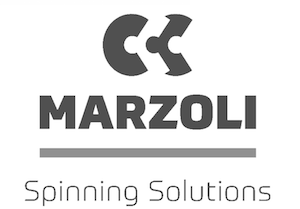The Role of Tarpaulin Fabrics in Modern Industry
In the rapidly evolving landscape of logistics, construction, agriculture, and humanitarian support, the need for durable, weather-resistant, and multi-functional textiles has grown significantly. Tarpaulin fabrics, often called “tarps,” have become an indispensable part of these industries—especially in regions facing harsh climatic conditions such as the Middle East and Africa.
Combining strength, flexibility, and water resistance, tarpaulin fabrics are used to cover and protect goods, infrastructure, and even people. These fabrics are not only technically engineered for resilience but are also increasingly being designed with sustainability and cost-effectiveness in mind.
Types of Tarpaulin Fabrics and Their Properties
The performance of a tarpaulin fabric depends largely on the material composition and coating technologies used. The most common types include:
- 1. Polyethylene (PE) Tarpaulin
Polyethylene tarpaulins are lightweight, affordable, and suitable for short- to medium-term outdoor use. They are often laminated and UV-treated, making them ideal for agricultural and low-budget protective applications. PE tarpaulins dominate in temporary shelters, construction sites, and emergency relief operations due to their affordability and easy handling. - 2. Polyvinyl Chloride (PVC) Tarpaulin
PVC tarps are significantly stronger and more durable than PE alternatives. They offer excellent waterproofing, flame retardancy, and resistance to UV, chemicals, and mildew. PVC tarpaulins are widely used for truck covers, tents, swimming pool liners, and billboard printing. In the Gulf region, where exposure to sun and sand is extreme, PVC-coated tarpaulin is the standard for transportation and industrial use. - 3. Canvas and Coated Polyester
Canvas tarps, made from cotton or polyester fabric and coated with wax or acrylic, are breathable yet protective. They are preferred in applications requiring ventilation, such as traditional tents or artistic backdrops. Polyester tarps with polyurethane or acrylic coatings are used in high-performance environments such as military camps or disaster relief operations.
Key Applications in the Middle East and AfricaLogistics and Transportation
One of the most prominent uses of tarpaulin fabrics in the region is in the transport and logistics industry. Trucks traveling across deserts and highways in Saudi Arabia, UAE, or Egypt use tarpaulin covers to protect goods from intense sun, wind, and dust. PVC tarpaulin curtains are preferred for long-haul trailers and side-opening vehicles due to their superior durability and printability for branding.
Agriculture and Water Conservation
- In arid regions like North Africa and the Arabian Peninsula, agriculture is heavily dependent on efficient use of water and shade. Tarpaulin fabrics are used to construct:
- Greenhouses
- Shade nets
- Water reservoir liners
- Covers for hay, feed, and fertilizers
Farmers across Sudan, Morocco, and Jordan benefit from lightweight PE tarpaulin that helps in minimizing crop losses and improving water retention.
Shelter and Emergency Relief
Tarpaulin is also a critical material in refugee camps, natural disaster zones, and temporary shelter projects. Aid agencies such as UNHCR, Red Crescent, and Doctors Without Borders deploy hundreds of thousands of square meters of tarpaulin each year. These fabrics are used to construct tents, ground covers, and sanitation units in crisis areas like Syria, Gaza, Libya, and South Sudan.
Innovation and Sustainability in Tarpaulin Manufacturing
As the demand for technical textiles increases, the tarpaulin industry is undergoing a quiet but powerful transformation. New generations of tarpaulin fabrics are now being designed to align with eco-friendly standards and regulatory certifications.
- Recyclable Tarpaulin: Manufacturers are exploring recyclable PVC blends and biodegradable coatings to reduce post-use environmental impact.
- Smart Coatings: Heat-reflective and antimicrobial coatings are being introduced for healthcare, food storage, and defense-related applications.
- Flame Retardant Tarps: With stricter safety laws in place, fire-resistant tarpaulins are now required in construction and event industries in many countries.
European companies such as Sioen Industries, Mehler Texnologies, and Asian giants from China and India are leading in this innovation wave—while regional producers in Turkey, Iran, and Pakistan are rapidly expanding their manufacturing capacity and export capabilities.
Conclusion: A Strategic Textile for an Expanding Region
Tarpaulin fabrics represent one of the most versatile and value-driven segments of the technical textile industry. In regions like the Middle East and Africa, where climate conditions are extreme and development is accelerating, the use of tarpaulin will continue to grow.
From covering a truckload of electronics in the UAE to shielding emergency shelters in Central Africa or lining a greenhouse in Tunisia, tarpaulin fabrics are silently enabling progress, safety, and resilience.
As industries look for sustainable, durable, and cost-effective materials, tarpaulin fabrics stand out as a strategic choice—bridging the gap between innovation, necessity, and performance.


